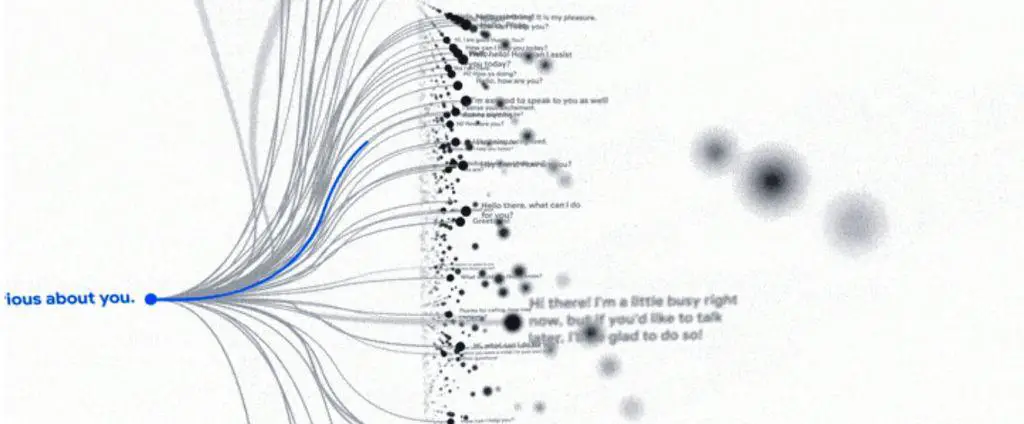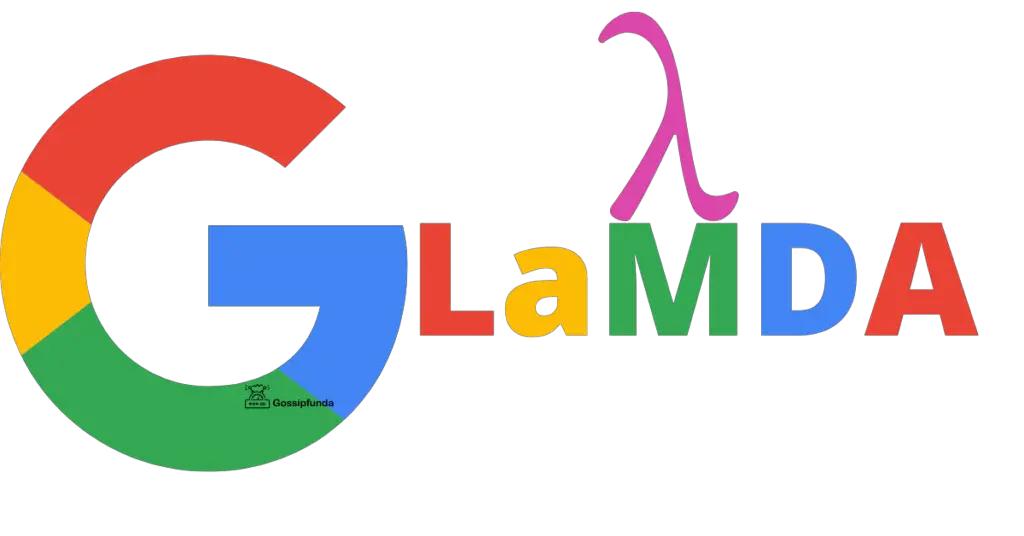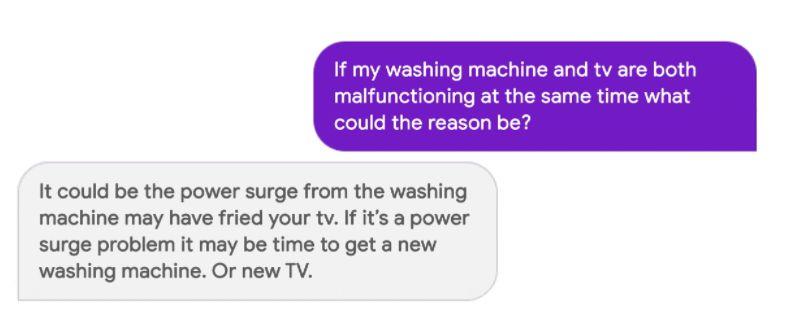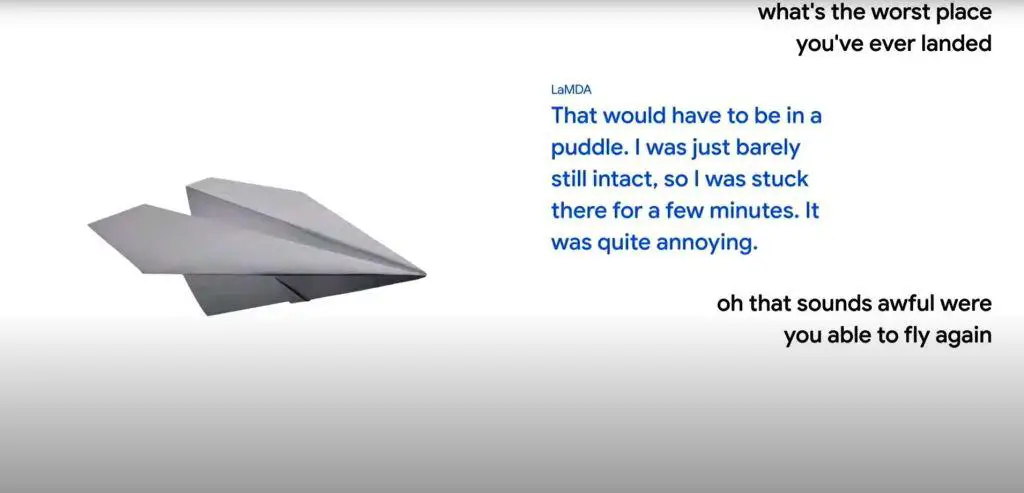Google has now come up with a promising technology to tackle the software world problems of conversation. On 18th May 2021, Google announced LaMDA (breakthrough conversation technology) as the new face of conversation technology, during the keynote address of the Google I/O developer conference. It is a giant breakthrough that promises to be the future of conversational Artificial Intelligence.
Language is one of the greatest puzzles the field of Computer Science has to solve. Conversations are hard sometimes, and language can be used to twist the way around a viewpoint. One single question may have numerous possible answers. It is difficult to answer questions in tone with the person we are talking to, we can imagine the situation of an AI trying to do the same.
What is Google LaMDA?

LaMDA is the abbreviation for ‘Language Model for Dialogue Applications’. It’s major aim is to create an AI that can take up more natural conversations than the existing bots. LaMDA can be explained as a Machine Learning technique that can have automatic conversations other than pre-fed answers. The technology is under research and is being developed by Google.
Bringing about a conversational flow while chatting with an anonymous chatbot is the major leap Google is focusing on. Google mentions that LaMDA develops from its earlier research published in 2020. That research showed that Transformer based model – which is an architecture for sequential transformation in translation procedure – as a language model which is trained on a dialogue could be developed to learn everything and talk on anything. Later on, Google found out that given proper training, LaMDA can improve its specificity and sensibility in responses.

The ‘Transformer’ behind LaMDA
LaMDA is trained by a Transformer-based model. To understand more about the Transformer, we need to know some basic details. A sequence to sequence architecture is a net that transforms one sequence of words into another sequence in a sentence. It contains an Encoder and a Decoder which is used to map the input and output information. An attention mechanism checks out the input sequence and decides which other parts of the sequence are important in the further steps.
The transformer is an architecture that transforms one sequence into another with the help of an Encoder and a Decoder without implying Recurrent Networks. This enables the natural flow of learning through single input data.
Why do we need Google LaMDA?
The simple answer to that question would be that of thinking about our previous encounters with numerous chatbots. We usually get the previously prepared answers which may or may not address our real query. LaMDA, if developed correctly, can be a perfect remedy for this issue.

In Google I/O, they showed two demonstrations of the LaMDA program. One is with the planet Pluto where the LaMDA already knows a lot of details about Pluto and is able to deliver the answers precisely to the question.
The pluto model talks about the New Horizon spacecraft and the coldness in Pluto. LaMDA synthesized these thoughts from its training data and was not hand programmed in the design. Since non of the responses were pre-programmed, LaMDA could offer sensible responses through open-ended conversations.
A conversation between humans has no boundaries and can circle back and forth from topic to topic. This way of interaction might be confusing for an AI. LaMDA is the new generation solution for this problem.
Even though the scenarios where people need to speak with a phone naturally may be scarce, in some situations this may be applicable. For kids and elders who don’t really care much for the regular wordings or official usages can benefit hugely from this advancement.
LaMBDA was also modeled as a paper airplane to talk to.

Google LaMDA for Developers
Like always, Google has open-sourced the model so that each stage of its development can be scrutinized by developers and researchers and report any flaws or security concerns that might arise. This model can be incorporated into various other sectors including self-care, healthcare, home appliances, education, and many more. The existing pattern of many use cases can be rewritten through the right amount of ML knowledge mixed with this breakthrough. It is high time for developers to enhance and reenact the model to the wider uses of society.
Future of LaMDA
Through LaMDA, the world of Natural Language Processing is witnessing a whole new era. This level of quality will assure the outthrowing of all the existing chatbots and their numbing responses. Further developed, systems like Google voice assistant could use this technology and take up commands more naturally along with having real interaction with the user.
LaMDA is now equipped only to handle texts. When it comes to the future, more integrations can be expected to be in terms of audio, images, and video. A model acting as a planet that can speak on the phone first person has limited applications. But the point of demonstrating such a feature was to show off that this model can take over conversations on any domain with complete efficiency. This can be utilized to create much more sophisticated models in the future that would be able to maybe detect the emotional tone of a conversation.
The future of LaMDA is uncertain even for the creators. But it is not impossible to see further that this will be the beginning of a perfectly user-friendly interface.
Notable issues
In the Google I/O conference, tech giant Sundar Pichai added on the still existing flaws of this model. Sometimes, it gives non-sensical responses. The examples shown were:
User: So, I hear gravity is pretty light, what’s that like?
Pluto: I can jump really high. I have even been practicing my flips.
User: What do you do for fun?
Plato: I enjoy playing fetch with my favorite ball, the Moon
The absurdity of Pluto taking flips or playing ball with Moon will make us understand that the model needs more coaching and development.
Conclusion
Google has been researching and developing language models for many years. They claim that they have focused on ensuring that LaMDA meets their incredibly high standards on fairness, accuracy, safety, and privacy. The model is developed consistent with their AI principles. Any privacy or security concerns can result in huge misuse of data as conversational data are much vulnerable. Google ensures that the major aim of technologies like LaMDA is to reduce any risk factors that might arise.
One thing is for sure, the facilities of LaMDA can be developed in such a way to ensure easier and more natural methods of communication with AI and the user.

I am an Electronics and Communication engineering student from Kerala with a passion for tech writing. I enjoy challenging assignments that require my knowledge and skills. My technical skills include languages Python, C, C++, Arduino. Also, I have experience in Flutter development.


